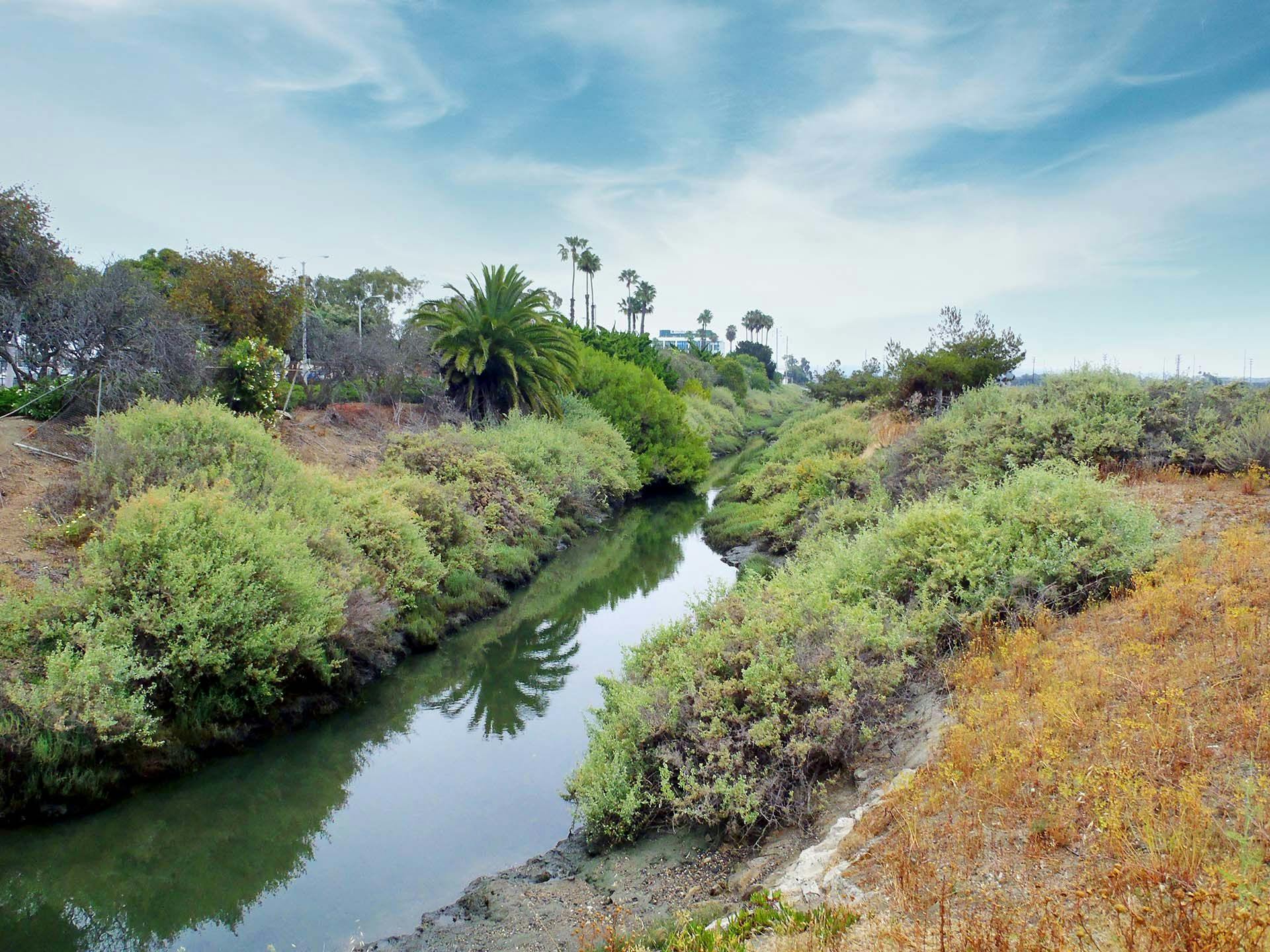Restoring the Reserve Through Scientific Monitoring and Community Hand-Restoration
A significant portion of the Ballona Wetlands Ecological Reserve (Reserve)—once home to abundant fish and waterfowl—was filled in to build Ballona Creek in the 1930s and Marina del Rey in the 1950s and 60s. Invasive plants, such as iceplant and other non-native vegetation not native to Southern California, have taken over much of the Reserve, crowding out native plants, using water, and altering soil chemistry harming native plants and animals. People used to come here to fish, hunt, swim, and hike, but the Reserve is now largely off-limits to the public.
Reversing this damage, by removing invasive plants and re-creating wetlands and connections to upland habitat, will improve the health of the ecosystem and increase biodiversity. These efforts would bring back native plants and attract fishes, frogs, birds, and other wildlife that rely on healthy wetlands as their home. Rooted in years of scientific research and guided by community input, the Ballona Wetlands Restoration Project would revive critical wetland habitat and offer a remarkable natural space for the public’s use and enjoyment.
The Bay Foundation (TBF) participates in the restoration planning process, supporting the two lead agencies for the project: California Department of Fish and Wildlife (CDFW) and the U.S. Army Corps of Engineers. TBF’s scientists and technical experts review documents and provide valuable information to guide the process.
Project Highlights
